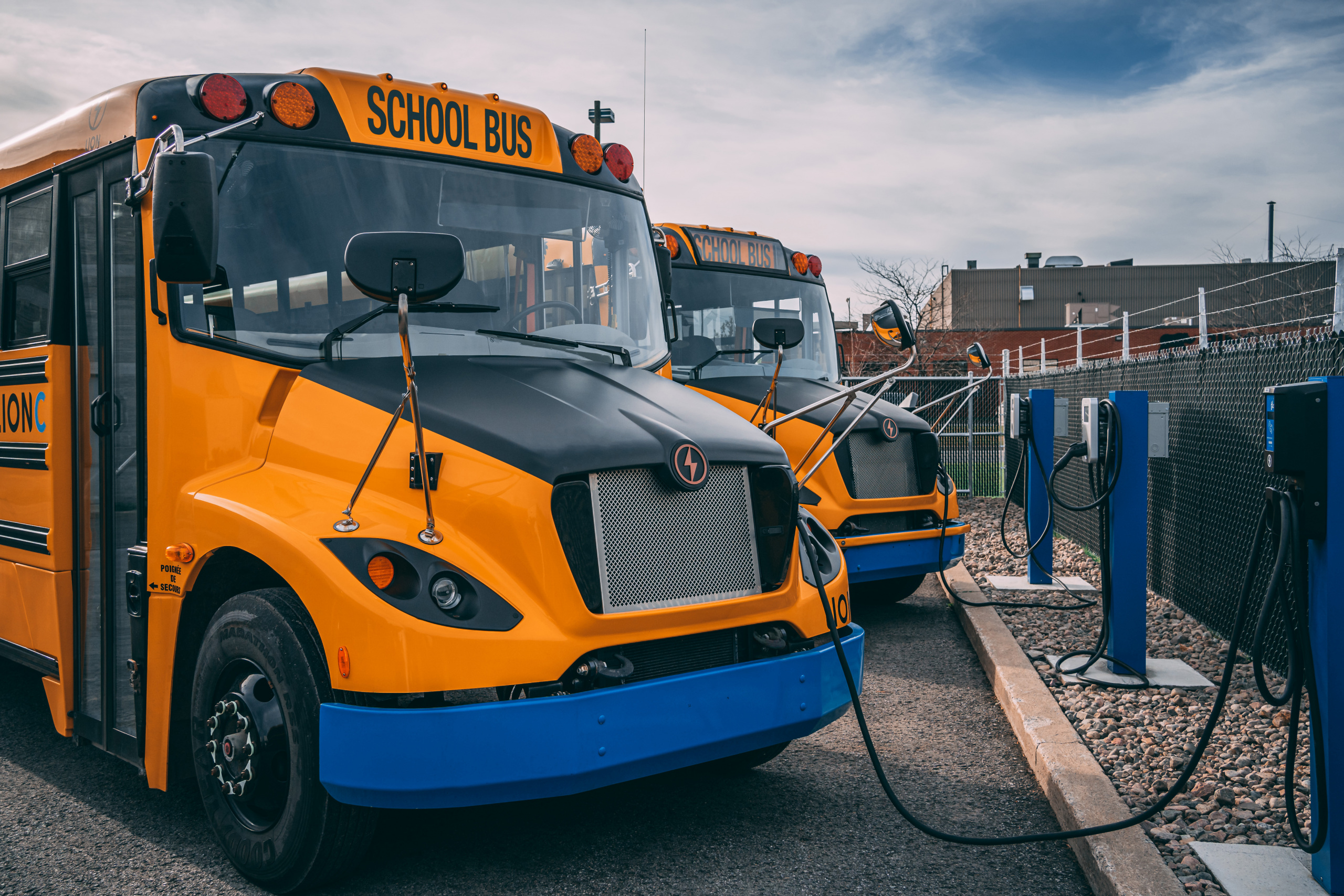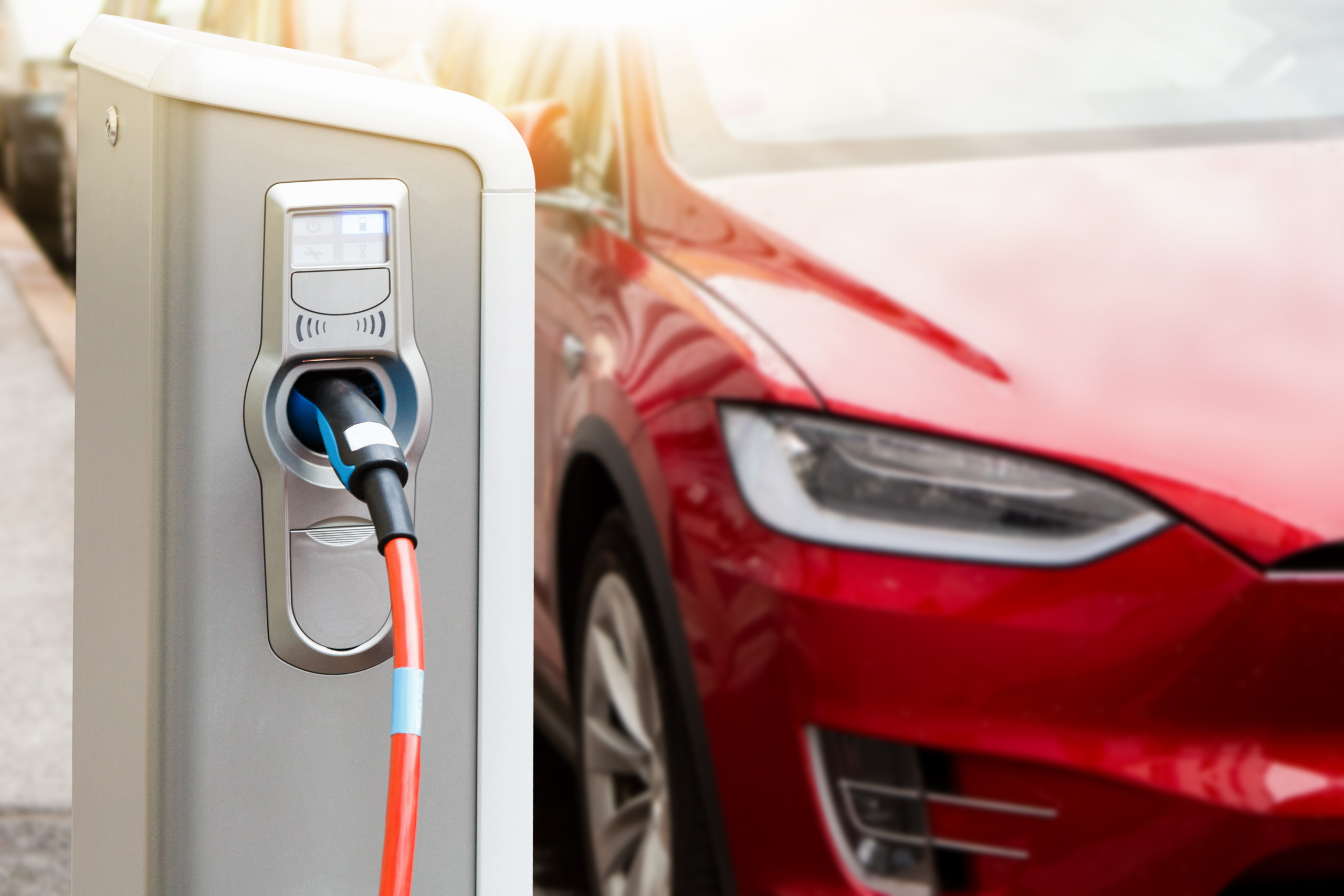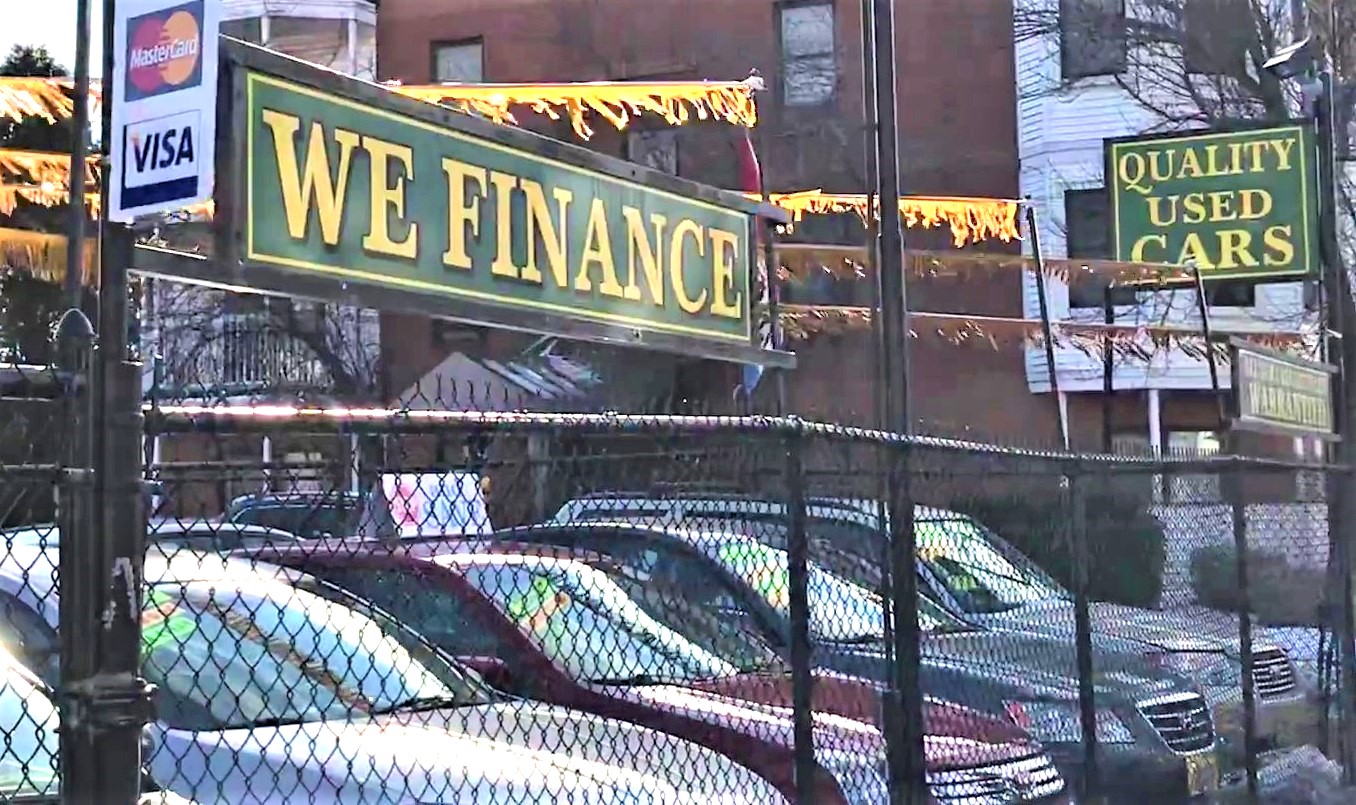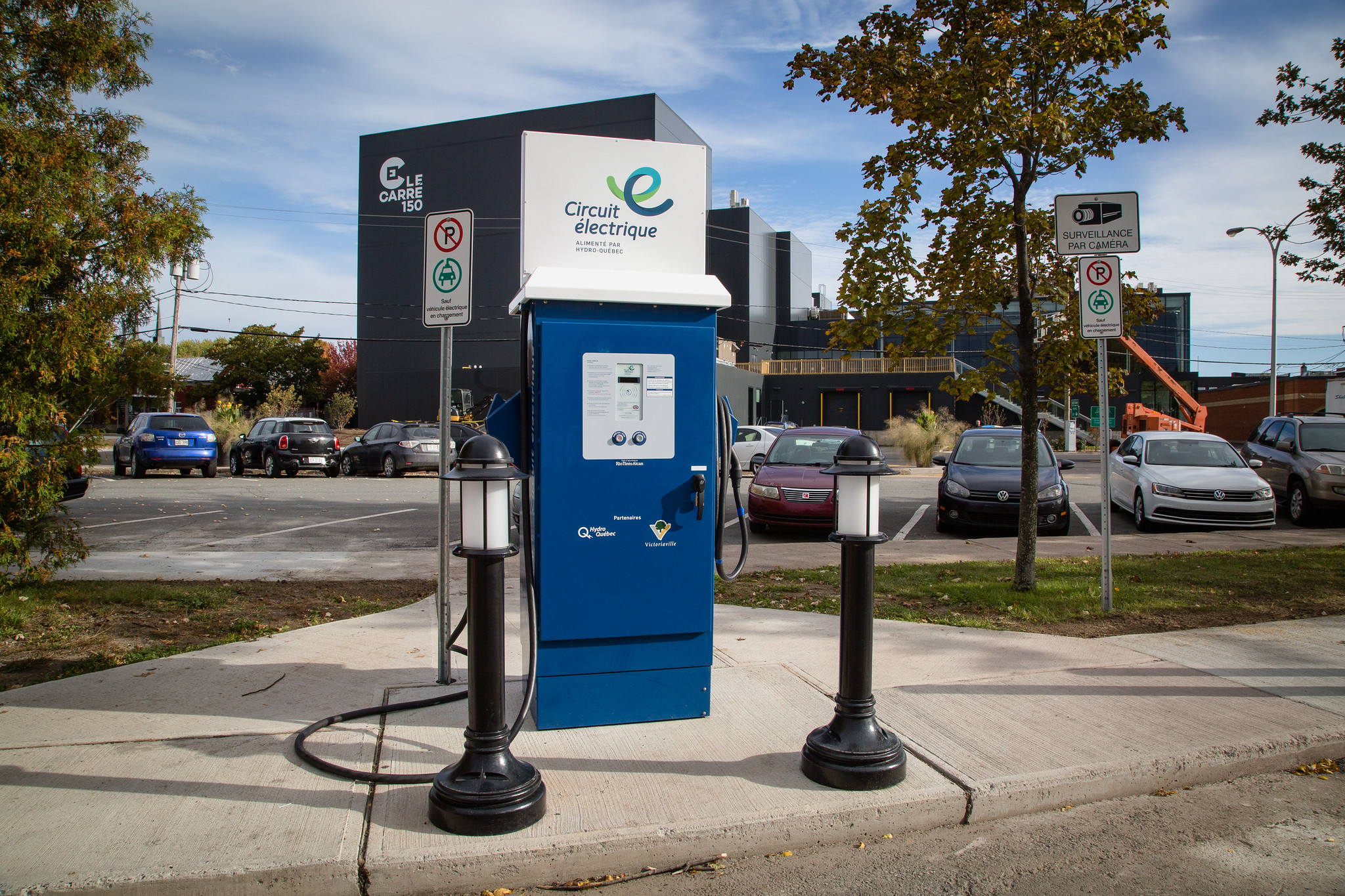
Big yellow batteries? How electric school buses can help clean up the grid
Electric school buses aren’t just good for our environment and our children’s health. When paired with vehicle-to-grid (V2G) technology, they could also play a key role in the nation’s transition to renewable energy.

Over the course of more than 50 hours in the summer of 2021, an electric school bus in Massachusetts successfully delivered almost 3 megawatt-hours of power to the New England electric grid. A joint venture between Beverly Public Schools, Highland Electric Fleets and regional utility National Grid, the project was the first time an electric school bus has been used to relieve pressure on the Massachusetts grid during periods of peak demand, and one of the first pilot projects in the country to examine what could be achieved by pairing electric school buses with vehicle-to-grid technology.
Since the U.S. electric grid was built – much of it more than half a century ago – the way we produce, distribute and consume energy has changed dramatically. The rise of renewable energy poses specific challenges for grid operators and utilities, not least of which being that solar and wind power generators produce power only intermittently, and not always at times that coincide with periods of highest demand (solar panels don’t generate electricity at night, for example).
One important part of the solution is battery storage, which enables renewable energy to be absorbed and stored when it is available in large quantities and injected back into the grid during periods when it isn’t, such as early evening, when demand peaks but solar generators aren’t producing electricity.
Adding energy storage to the grid can be costly, even though the price of batteries continues to fall. But what if those batteries were also useful for things other than storing power for the grid – like, say, moving children to and from school safely, cleanly and efficiently?
This is where electric school buses come in.
With the right equipment, pretty much any electric vehicle is capable of injecting power stored in its battery back into the grid. Electric school buses, however, are especially well suited to it. When they’re not carrying children to and from school, day trips or summer camps, these vehicles largely sit idle, allowing their capacious batteries to be available as a source of large volumes of energy storage at the very times when the grid is most vulnerable.
There are currently around 480,000 school buses across the U.S. – most of them diesel-powered. In our new report, Electric School Buses and the Grid, we calculate that if every one of these buses were to be replaced with a V2G-capable electric bus of the same type, this would create a total of 61.5 gigawatt-hours of additional stored energy capacity – enough to power more than 200,000 average American homes for a week – and 6.28 gigawatts of instantaneous power, providing power output equivalent to over 1.2 million typical residential solar roof installations or 16 average coal power generators.
Tapping the power of all these batteries could potentially play a key role in the nation’s transition to a renewable energy grid, lessening the need for utilities to invest in or buy power from dirty and expensive “peaker” power plants. Electric school buses – whether they use V2G or not – produce none of the greenhouse gases or other toxic emissions of their diesel predecessors, but with V2G they can also reduce the climate impact of the power generation sector, as well as lessen the need for new stationary grid storage that brings substantial financial costs for utilities.
In addition to helping maintain grid stability and resilience, electric school buses can also be hooked up to individual buildings (in their “vehicle-to-building” or “V2B” application) to act as sources of backup power during outages – essentially becoming a fleet of mobile batteries that can be deployed to deliver electricity to homes, businesses, hospitals, shelters and other critical infrastructure. Our analysis found that the energy stored in a single Type D electric school bus battery could power the equivalent of five operating rooms for more than eight hours, and a single operating room for 43 hours.
While V2G school buses potentially open up a range of opportunities – for utilities, grid operators, school districts and the communities they serve – this technology is still very much in its early days. There is much yet to learn, and a great deal more to be done in the way of research and development, as well as real-world deployment. Smart and bold policy action now can accelerate progress toward unlocking the full potential of electric school buses – and bring the next revolution in school transportation a little bit closer.
Image courtesy of Lion Electric
Topics
Authors
James Horrox
Policy Analyst, Frontier Group
James Horrox is a policy analyst at Frontier Group, based in Los Angeles. He holds a BA and PhD in politics and has taught at Manchester University, the University of Salford and the Open University in his native UK. He has worked as a freelance academic editor for more than a decade, and before joining Frontier Group in 2019 he spent two years as a prospect researcher in the Public Interest Network's LA office. His writing has been published in various media outlets, books, journals and reference works.
Find Out More

The million-mile battery and a clean energy future that’s built to last

Automakers could have learned to build EVs. They paid Tesla to do it instead.

The auto industry has a sustainability problem. And it’s not just about the environment.

